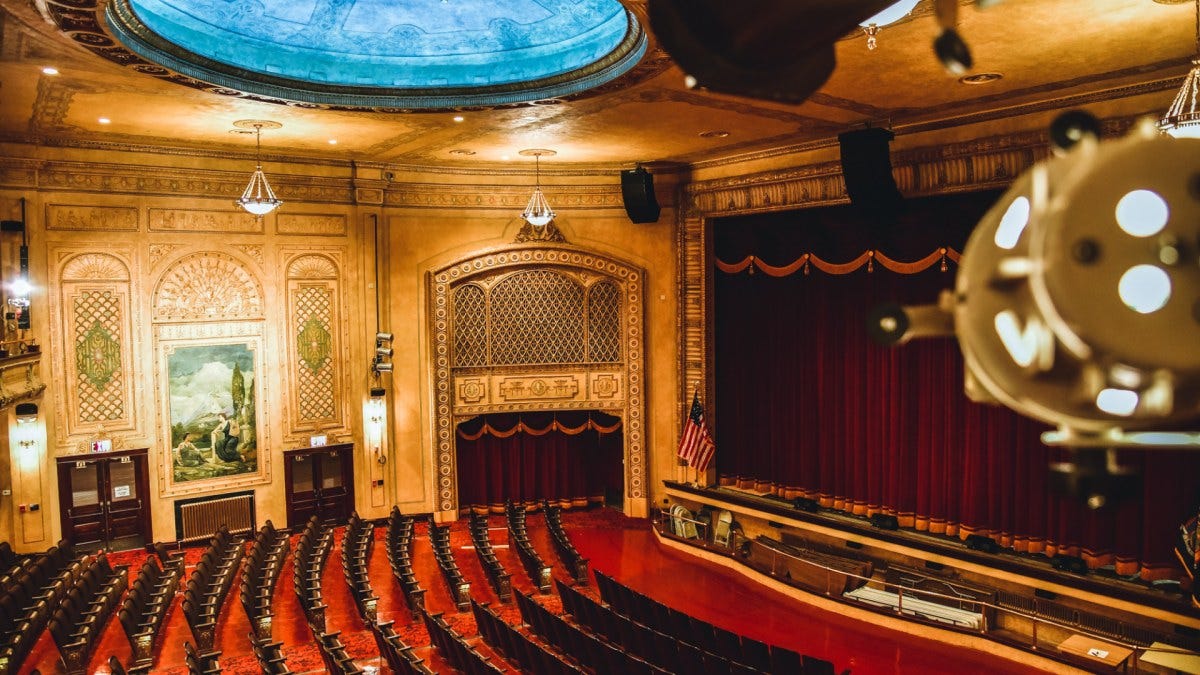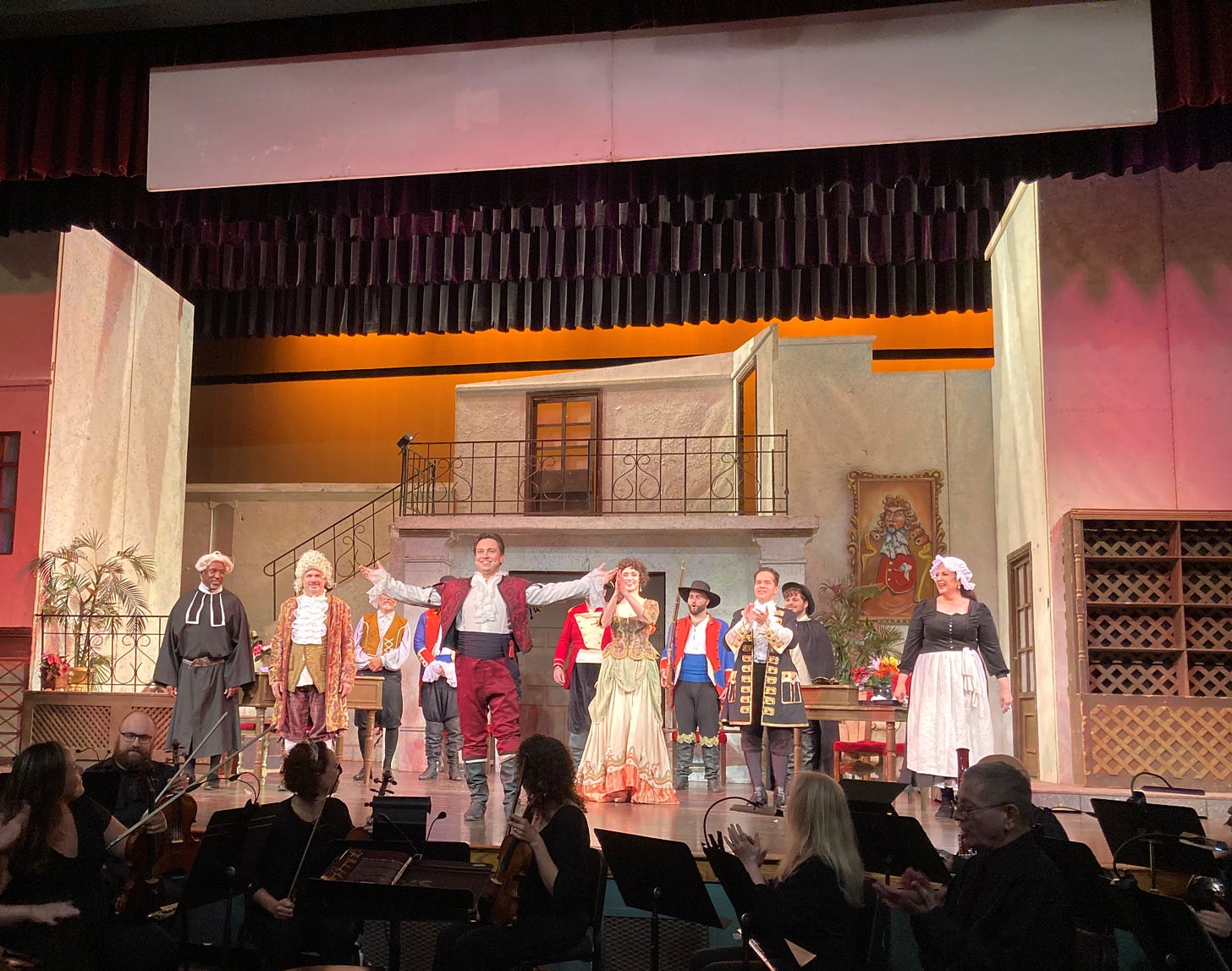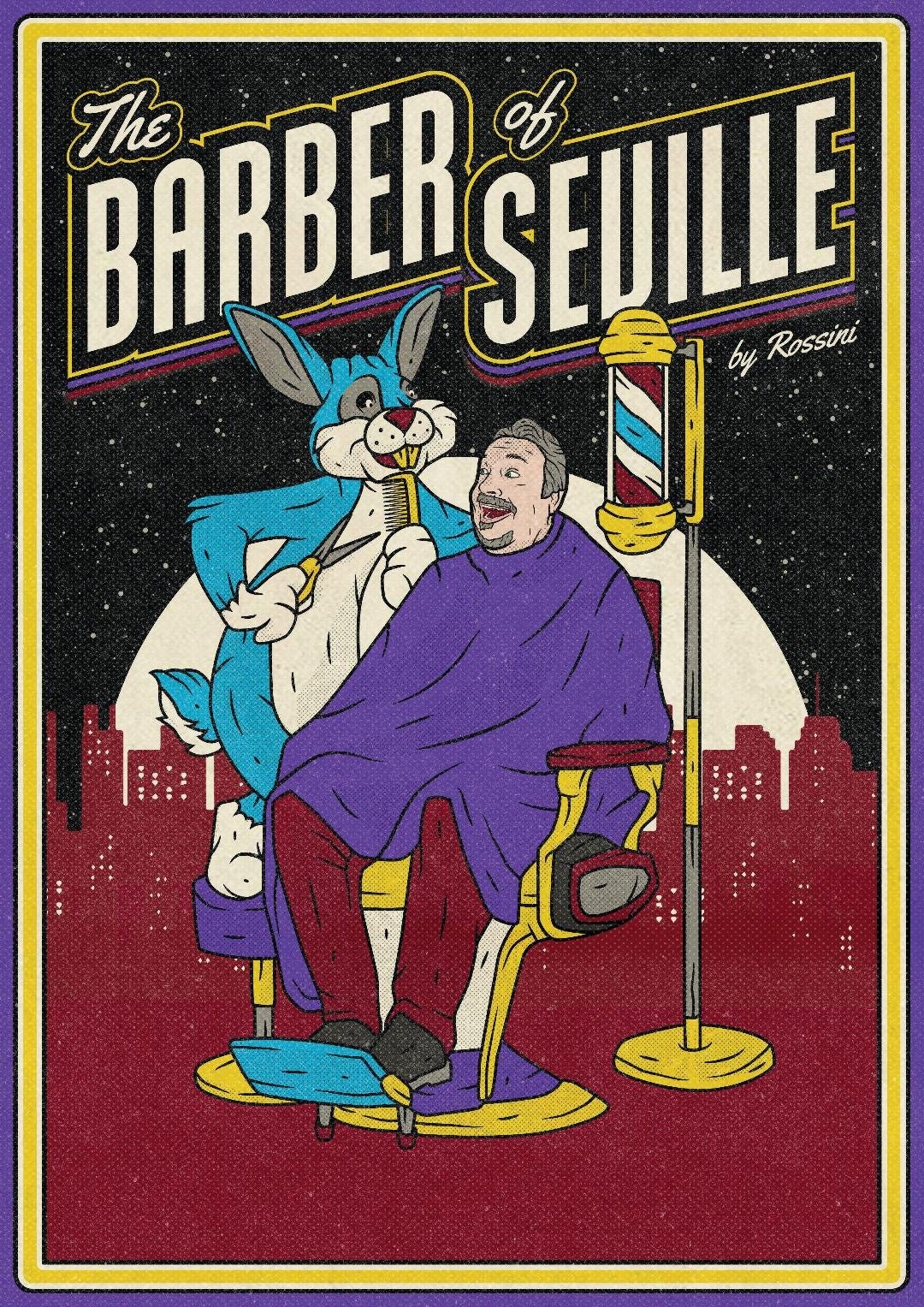Opera Review: Nickel City Opera's Production of "The Barber of Seville"
The Nickel City Opera Triumphs With A Slapstick Romp Through Rossini's Classic Opera Buffa
Beaumarchais’ Play
I begin with “The Barber of Seville’s” source material, Beaumarchais’ (1732-1799) eponymous play. Although sanitized 100 years later for Rossini’s audience, Beaumarchais’ “Barber” is a satire subversively mocking feudal society to radically suggest that all people have agency in the world.
Almaviva and Figaro meet early in the action, recognizing a mutual intelligence, and immediately conspire to save the vivacious Rosina from a doomed life sewing tapestries in her stone manor. In sum, they refuse to accept the fate feudal life has presented.
Beaumarchais portrays Bartolo, the Lord of the Manor, as a privileged idiot who, in his narrow Medieval perspective, never sees the clear conspiracy to free Rosina for a better life in a new age. It simply never occurs to the (Medieval) Bartolo that women or peasants are capable of interfering in his world.
At the opera’s debut in 1819, Europe was well into the Enlightenment, and the feudal caste system was largely displaced. Librettist Cesare Sterbini excised the overt political messages which diluted the comic elements of the opera which make it so enduring.
The Nickel City Opera’s Production
As in the poster above, the NCO embraced its inner Bugs and filled every scene with mugging, pratfalls, and slapstick comedy. Such an approach to the material only works if everyone in the cast is up for it and having fun, which they clearly did.
The twenty-one-piece orchestra under the baton of Jason Tramm set the mood with the unmistakable refrain of Rossini’s famous overture, so familiar to those of us raised on Looney Tunes. For us, Figaro will always be an insouciant Bugs Bunny frolicking through the story with a mad anarchism.
To be clear, a performance of the Barber of Seville requires high-level professionals, and the cast, led by Carlos Lopez as Figaro, gave adept and skillful performances. Carla Portillo set the tone with the opera’s first aria, “Una voce poco fa" thrilling the audience as she commanded the complex coloratura and hit the impossibly high, climactic note.
The colorful, minimalist set served the production well and the supertitles were welcome for those of us whose Italian was rusty. The small, 450-seat theater at the Nichols School felt just right as neither orchestra nor cast required a sound system to be heard, bringing an intimacy to the production to which the cast and audience responded with alacrity.

The Barber of Seville Travels to Gowanda and Batavia
The Nickel City Opera will be taking its production to Gowanda’s newly restored Hollywood Theater for a performance on Sunday, June 25th, and to Genesee County Community College’s Steiner Theater on Monday, June 26th.
Any community worth living in has a thriving performing arts scene. That is easy to forget as we again mix with one another in troubling times, the air filled with the smoke of ancient, Quebec maples and our civil discourse calculated to generate fear and anxiety.
Like the rest of Saturday’s audience, I am grateful for this intrepid band of opera troubadours. They remind us how much we crave shared experience, and how necessary it is to our humanity.
I suggest you get out there.






